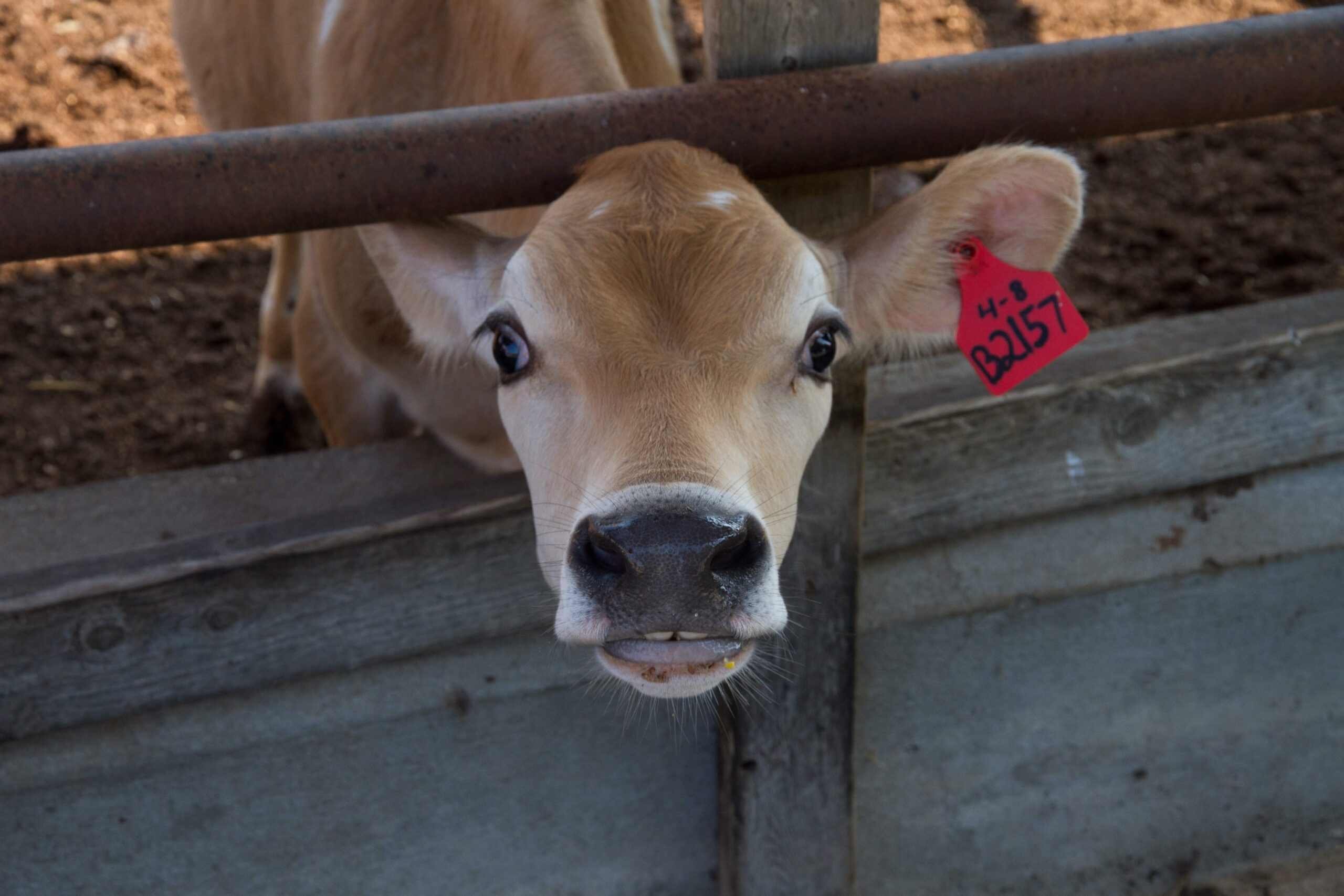Dairy Revenue Protection (Dairy-RP) is an insurance policy available to dairy producers to guarantee revenue every quarter. Dairy-RP was introduced in 2018 and is designed to help producers combat the volatile fluid milk market. Dairy-RP requires numerous choices by a producer when selecting a policy. When purchasing Dairy RP, the producer must first select which quarter (Jan-Mar, Apr-Jun, July-Sept, Oct-Dec) they would like to insure. Policies can be purchased five quarters in the future and are available up until the day before the quarter. Producers then select their pricing option of Class Pricing or Component Pricing[1] and declare a total fluid milk weight for the quarter to insure, with the minimum being 2,000 pounds. Additionally, the producer will select their coverage levels (80%, 85%, 90%, 95%) and a protection factor (1-1.5), which play a role in calculating the liability and expected revenue. Producers can receive an indemnity payment if the actual revenue is less than the expected revenue. Since the introduction of Dairy-RP, there have been over 75,000 policies purchased. The number of Class Pricing policies has increased from 5,000 in 2019 to 18,500 in 2022. Alternatively, Component Pricing policies have decreased from 2,800 policies in 2019 down to 2,400 in 2022. This publication covers the class pricing option.
The loss ratio is one method of measuring the performance of Dairy-RP. A Loss Ratio is the indemnity payment divided by the total premiums, thus representing a ratio of the total money paid back to the producers with respect to the total premiums paid (in total) for the policies. We often focus on a loss ratio of one, which means all money paid for the policy (insurance premiums) was distributed back to the producers in protection (indemnities).
We analyze the performance of Dairy-RP(class price option), by state, under the class pricing option. Figure 1 shows the weighted average loss ratio for Dairy-RP (class pricing option) by state (Southern Ag Today States are colored Red). Of the 40 states enrolling in Dairy-RP, the loss ratio in 21 states was less than 1.0, three of which are in the Southeast. Alternatively, 19 states participating in Dairy-RP had a loss ratio of one or greater. States like Arizona and Colorado have loss ratios greater than two, equating to more than double the premiums received were paid back to producers with revenues lower than expected. Organizing the states by share of declared milk, Wisconsin is the second largest and accounts for 14.8% of the total milk insured under Class Pricing option but had a weighted loss ratio of only 0.80. The largest share is California, representing 18.3% of the total milk declared under the Class Pricing option with a weighted loss ratio of 1.37. The largest in the Southeast is Kentucky with a weighted loss ratio of 1.77.
Figure 1. Weighted Average Loss Ratio for Class Price 2019-2022

[1] Class pricing uses dollar values for class III and IV milk, where component pricing uses the dollar values for butterfat, protein, and other solids.
Haley, Wyatt, Charley Martinez, and Chris Boyer. “Dairy Revenue Protection Historical Performance for Class Price.” Southern Ag Today 3(40.3). October 4, 2023. Permalink


